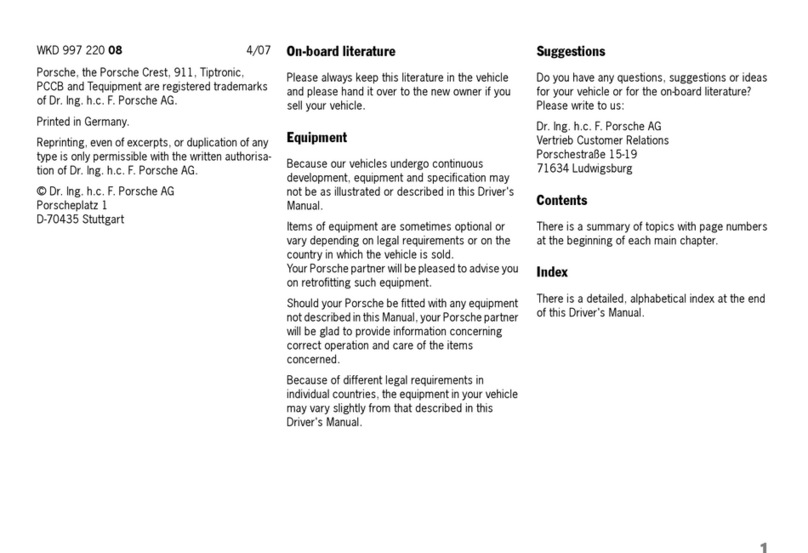
Page ii Climate Control Systems Diagnosis & Repair
Introduction
Ozone Depletion and Global Warming
The Ozone layer is in the stratosphere 16-48 kilometers
(10-30 miles) above the Earth's surface. This layer shields
the earth from much of the sun's ultraviolet radiation.
Chlorine found in R-12 refrigerant released into the atmos-
phere can seriously damage the Ozone layer.
Energy from the sun drives the earth's weather and
climate. Sunlight heats the earth's surface, and some of
the sunlight is reflected in the form of infrared radiation.
Much of this radiant energy dissipates into space, but
some is reflected back into the atmosphere. Atmospheric
greenhouse gases (water vapor, Carbon Dioxide, and
other gases) trap some of the outgoing energy, retaining
heat (like the glass panels of a greenhouse). The trapping
of too much radiant heat energy is suspected to cause
Global Warming.
There is strong evidence that the quantity of Carbon
Dioxide in the atmosphereand the rising average world
temperatures are related. Carbon Dioxide, one of the
gases emitted by internal combustion engines, has a
significant greenhouse effect, but R-12 refrigerant in the
upper atmosphere has a Global Warming Potential (GWP)
8,500 times greater than Carbon Dioxide. R-134a
refrigerant is better, but still has a GWP value of 1,300.
The discovery of these problems caused the governments
of the industrialized world to establish a time table for the
reduction and eventual elimination of the production of
chemicals that deplete the Ozone layer. The Montreal
Protocol was enacted in September 1987, and laws were
enacted requiring the automotive service industry to
modify the servicing of A/C refrigerant systems.
All refrigerants used in automotive air conditioners must
now be recovered and recycled whenever an A/C system
is opened for service or repair. Also, refrigerant R-12
(FREON) is no longer produced, and has been replaced
with a less harmful refrigerant, R-134a (SUVA). R-134a is
the only alternative refrigerant for R-12 that is approved
for use in new automobiles by all auto manufacturers.
Porsche phased-in the use of R-134a in 1993. Refer to
page I-21 for more refrigerant information.
Any person servicing motor vehicle air conditioning
systems MUST by law be properly trained, certified and
use approved refrigerant recycling equipment. Technicians
must successfully complete an EPA approved recycling
course and be tested. Certification is available from the
National Institute for Automotive Service Excellence (ASE)
and the Mobile Air Conditioning Society (MACS). State and
local jurisdictions may have their own certification require-
ments that supersede federal requirements.



















































